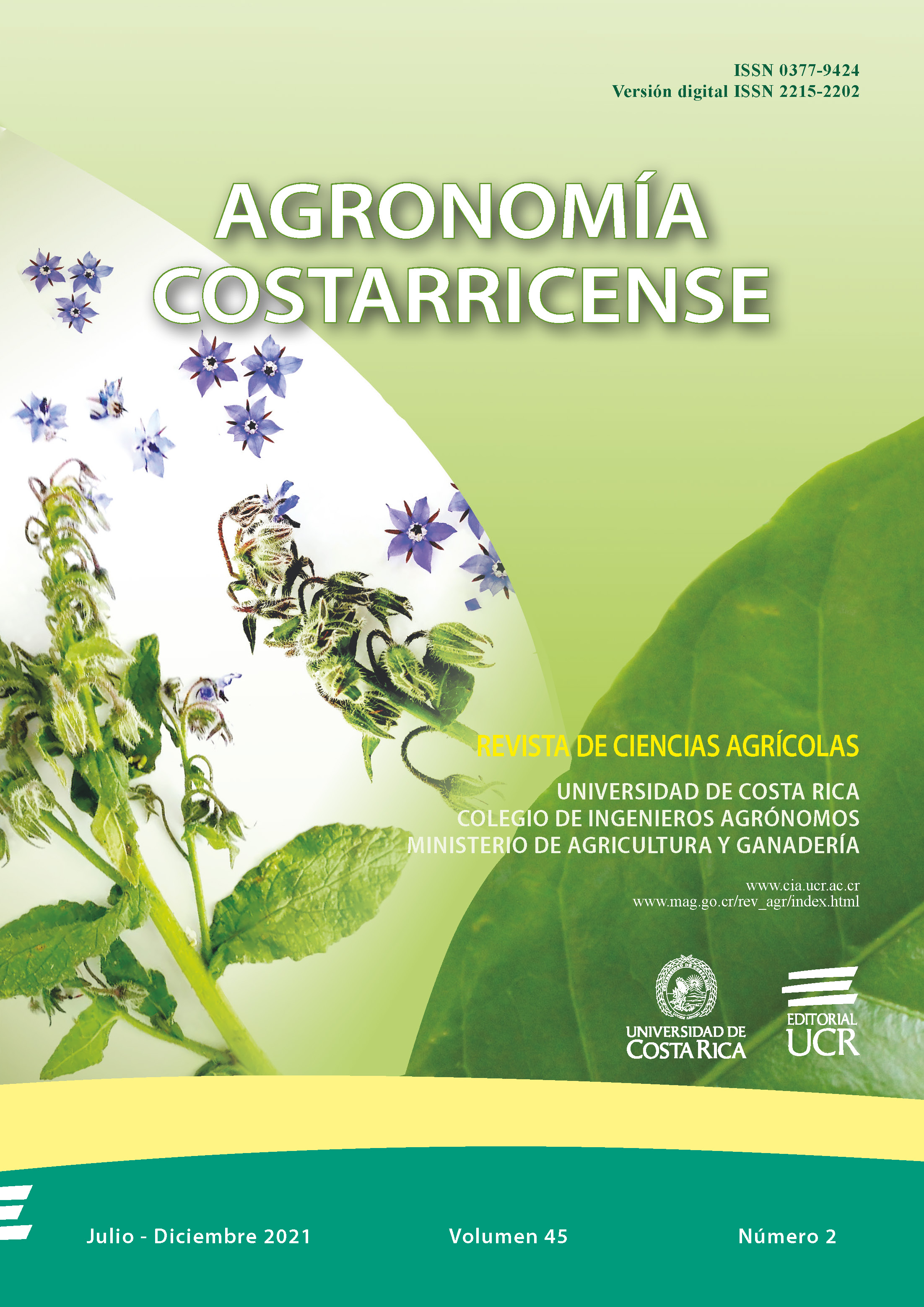Abstract
Introduction. Soil degradation processes are mainly associated with poor management practices and changes in its use. Indicators that allow knowing the state of the soil is required to seek for alternatives that will help to improve soil quality. Objective. To evaluate some edaphic indicators in different traditional bovine livestock systems in the Colombian Caribbean. Materials and methods. Soil samples in triplicate were collected from 72 farms distributed in 6 departments (Cordoba, Sucre, Bolivar, Atlantico, Cesar and Magdalena), for a total of 216 samples. Soil physical and chemical properties were evaluated in order to identify the main indicators to develop a soil quality index. Results. Compaction processes were evident in all the evaluated farms with bulk density values higher than 1.4 g.cm-3 with a predominance of medium to fine textures (loam). Organic matter values above 2% were found in the departments of Cordoba (3.18±0.99%) and Bolívar (3.10±01.55%), contrary to what was identified in Atlantico, Cesar, and Magdalena with contents below to 2%. The effective cation exchange capacity presented values higher than 20 cmol(+).kg-1 in most of the soils, except for the values registered in the farms located in the department of Cesar. The contents of P, S, Ca, Mg and K were high in all the evaluated farms. Soil quality index is determined by the chemical properties (pH, cation exchange capacity and electrical conductivity). Conclusions. Compaction processes related to high bulk density values and low total pore content were recognized. Soil management under the livestock systems is decisive in the quantification of the soil quality index.


